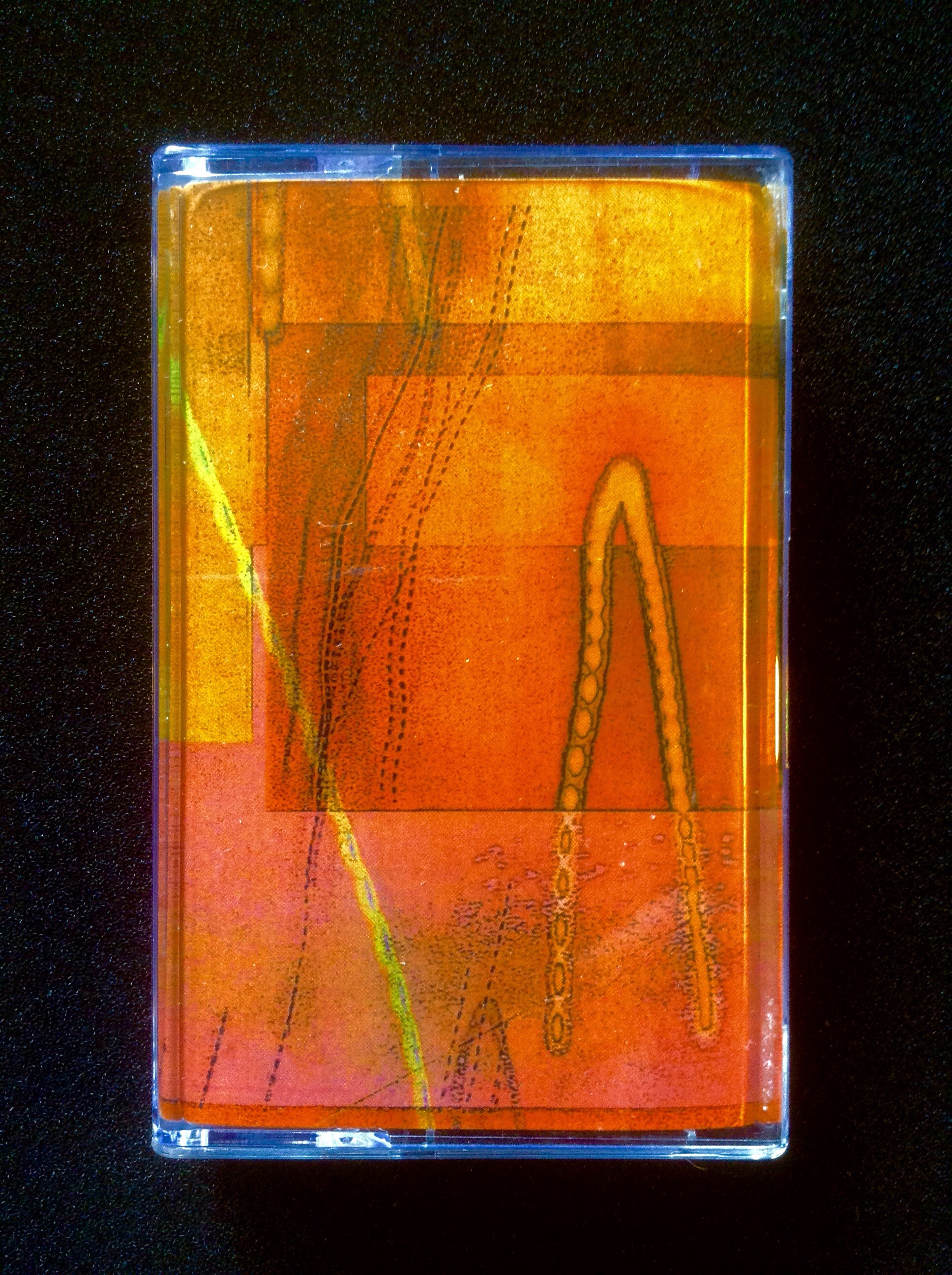Yes, that is what I like. Right from the start the sounds transport me to an image of a white passenger ship rising high above communal houses in an Italian port. It is a picture from the 1960s when emigrants still travelled by boat. Among them were people who left their homeland the Netherlands to find their fortune in Australia, or in Canada. The boat on the picture lay alongside the quay in Genova. And Genova is an important harbour in the story of emigration. Thousands of people embarked every month in the early years of last century. Felice Sciorilli, who is from Italy, must know the stories. Tiny villages scattered all over the peninsula still bear the traces of the mass emigration that took place in those years. There must be a bisnonno, or a brother to the great-grandfather in everyone’s family who has made the move to the Americas. It is easy to imagine the passage when listening to Side A of this tape. How expectation grows, the slowness of the voyage, the noises aboard, the mysterious sides of the new homeland, and, when looking at it from a safe position, from a future that those ancestors never could imagine that it would arrive, Sciorilli also adds an epic note to their adventure.
Nonetheless he gets distracted, as if he realises his own place in this all. And since this is an intuitive endeavour, it is easy to find my place in it and join the speculative part of the trip. On Side B I see myself crossing the piazza Duomo in Milan, not to visit the cathedral and climb the stairs to the roof, but to walk to the opposite side, destination unknown. The rain came down in fine needle-head shaped drops. It was my girlfriend’s idea. She didn’t want to tell me where we were going. Ten minutes later I stood face to frame with a big scar in Lucio Fontana’s painting. It was the first time I saw something by Fontana, and it was a blast. Thank you M.
In the 1960s artists made strange works, intriguing works, conceptual and not easy to understand. Felice got distracted because this strange work appealed to him, even if it somehow connected to middle-class life and a certain sense of dullness. The dullness was immediate, because most of the risks the artist took were inside their mind. Psycho-analysis clashed with political theories of liberation. Eastern religions wrapped themselves around structuralist philosophies. Inner Globolus IV hung next to Apparatus I. And still those theories that are now locked away in second hand books can be translated into soundlines. Felice Sciorilli seems to follow every abstraction, cuts deeper and deeper, until, as by magic, he reaches the other side, read: he escapes from the mind of the artist and finds himself in his garden, where both are finally liberated of their thoughts. The painting is ready and so is the tape.
No website found for Felice Sciorilli.





You must be logged in to post a comment.